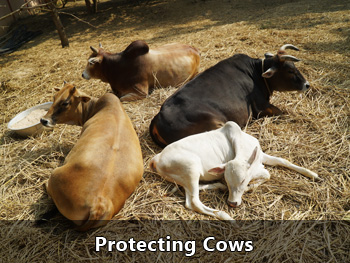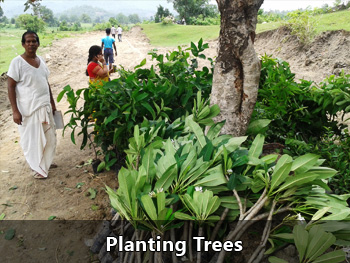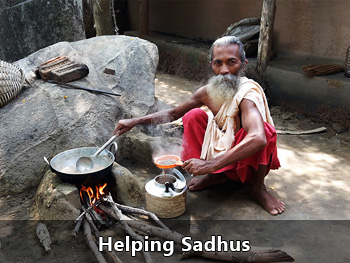Fw: Swami Nigamantha Mahadesikan Thirunakshathram Special- Today Purattaasi SravaNam- Let us enjoy Acharyan's life and glories
Rate this topic

By
Guest guest
in The Sri Vaishnava Forum
-
Top Downloads
-






Recommended Posts
Join the conversation
You are posting as a guest. If you have an account, sign in now to post with your account.
Note: Your post will require moderator approval before it will be visible.